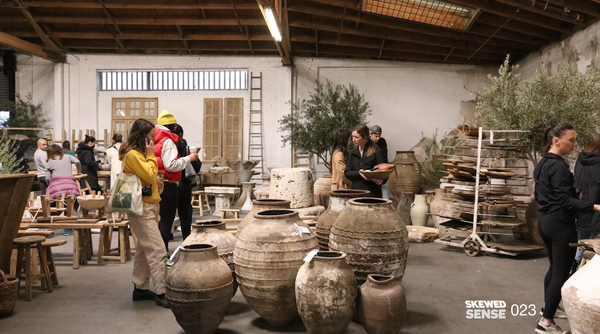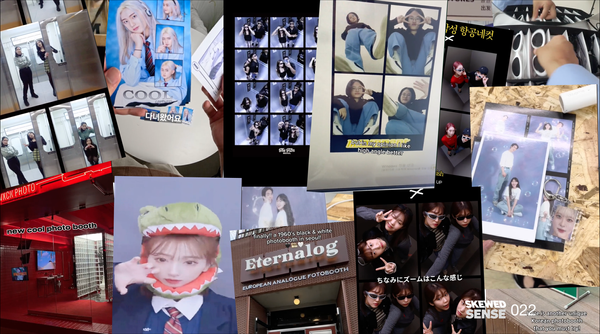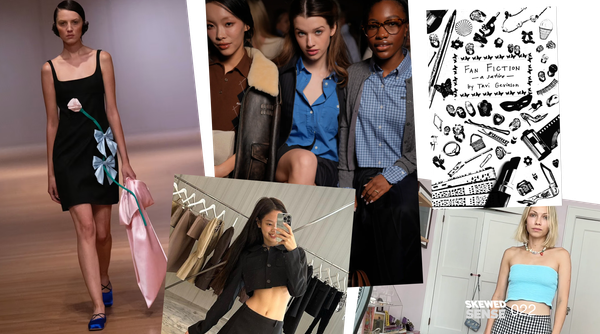018: Fast (Fashion) Learns. Slow (Fashion) Remembers.

Applying Stewart Brand's pace layers to modern fashion
Lately, we’ve been thinking about fashion and how quickly trends are changing. The easily mocked TikTok xyz-core trends seem unsustainably quick. Yet the whole ‘quiet luxury’ thing seems like a very TikTok response to TikTok trends. High-street brands copy luxury designers, and luxury designers are selling overpriced hoodies. Shein is out there speeding up the already fast, fast-fashion industry.
Anyway, whilst this was on our brains, we also thought of the roles of the various different parts of fashion play, and it reminded us of something from a very different source — Stewart Brand and his ‘pace layers’ concept. In this newsletter, we apply pace layers to three types of fashion, fast fashion, designer and luxury, to learn a little more about their roles. It’s provided us with some interesting food for thought.
What are Pace Layers?
Pace layers describe the varying speeds at which components within complex systems change. Brand, a futurist, environmentalist, and publisher of The Whole Earth Catalog, introduced this concept to illustrate that layers operate at different paces within any system. His inspiration was an English architect called Frank Duffy, who’d created a system called ‘shearing layers’ to understand the different paces at which a building evolves.
You can check out Brand’s entire piece on pace layers here.
Mapped out, they look a little like this:
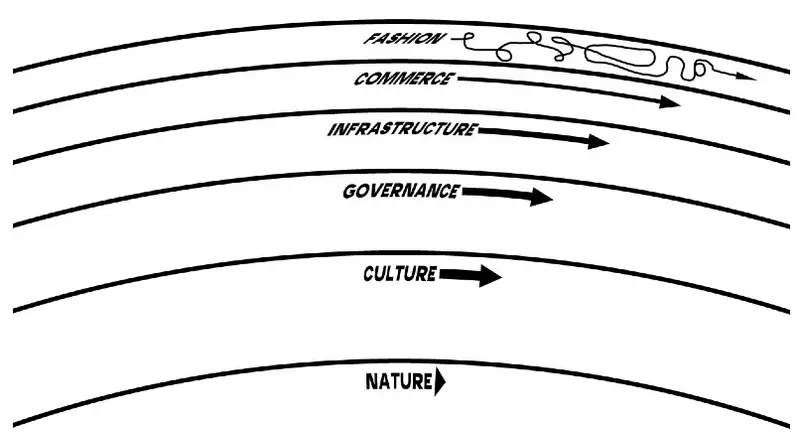
As a general rule of thumb, it tends to be that when people are young, they’re really into the top layers. Then, as they age, they get more interested in the bottom layers. Old people tend to get bored by fashion. The exceptions to this are always incredible. Shout out Steve Harvey.
Brand has some other interesting observations about the roles of the layers.
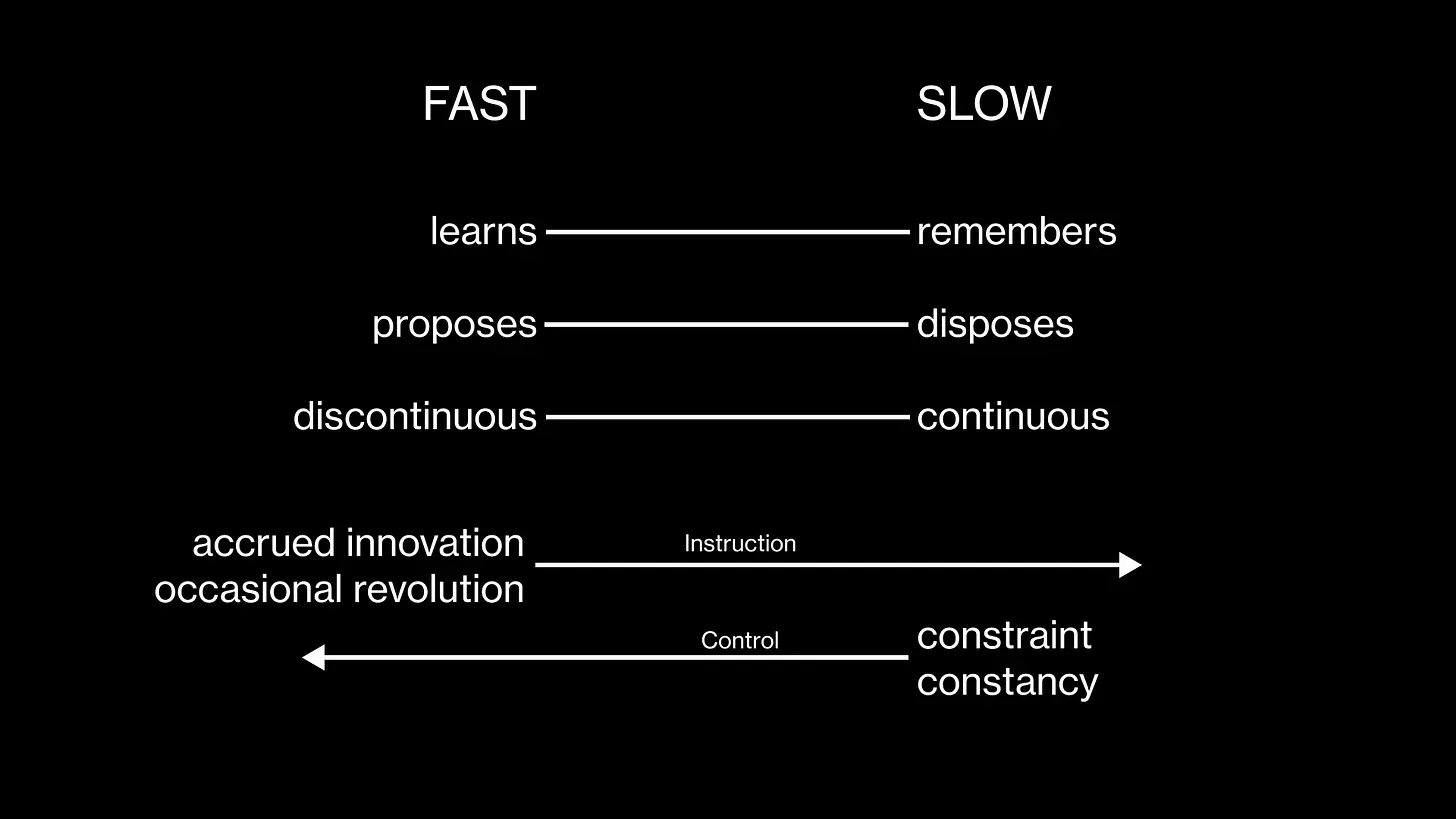
How Does This Apply to Fashion?
With this in mind, we asked ChatGPT, “Which pace layers do fast, designer, and luxury fashion fit in?”
By getting a better definition of pace, we could get a better idea of the role which each type of fashion has to play, with the presumption that fast fashion would be… fast. And luxury is slower, with designer somewhere in the middle.
What ChatGPT came back with was quite interesting:
- Fashion cycles:
- Fast Fashion: This fits into the rapid pace layer. Fast fashion is characterised by quickly changing trends and cheaply produced clothing. Retailers in this segment aim to quickly produce and distribute clothing inspired by the latest trends to consumers at affordable prices. The focus is on speed and efficiency to keep up with rapidly changing consumer preferences.
- Designer Fashion: This typically falls into a slower pace layer than fast fashion. Designer fashion involves higher-end brands and designers creating collections that are often showcased on runways. While it still needs to respond to changing trends, the pace is not as frenetic as fast fashion. Collections may be released seasonally, allowing for more thoughtful design and production processes.
- Luxury Fashion: Luxury fashion operates at a relatively slow pace. High-end luxury brands focus on timeless designs, craftsmanship, and exclusivity. These brands often have enduring styles that transcend seasonal trends. The emphasis is on quality, heritage, and a more enduring appeal, which doesn't require constant adaptation to rapidly changing fashion trends.
- Materials and Production Processes:
- Fast Fashion: Utilises quick production methods that have historically been less sustainable in order to keep up with rapid demand.
- Designer Fashion: Tends to use higher-quality materials and more refined production processes than fast fashion, contributing to a slightly slower pace layer.
- Luxury Fashion: Places strongly emphasise craftsmanship and premium materials and often employ traditional, time-intensive production techniques. This falls into a slower pace layer than fast fashion and even designer fashion.
- Consumer Behavior:
- Fast Fashion: Consumer behaviour in fast fashion is driven by the desire for the latest trends at affordable prices, leading to frequent purchases.
- Designer Fashion: Consumers in this segment may be more selective, valuing design, brand identity, and quality over quick trend turnover. Purchases may be less frequent but involve higher investments.
- Luxury Fashion: The slowest pace layer in terms of consumer behaviour. Luxury consumers often seek timeless pieces, brand prestige, and exclusivity. Purchases in luxury fashion are typically infrequent and involve significant investment.
In summary, fast fashion operates in the rapid-pace layer, designer fashion falls in a somewhat slower layer, and luxury fashion is situated in the slowest-pace layer, reflecting the differing rates of change and innovation in these segments of the fashion industry.
Why Is This Interesting?
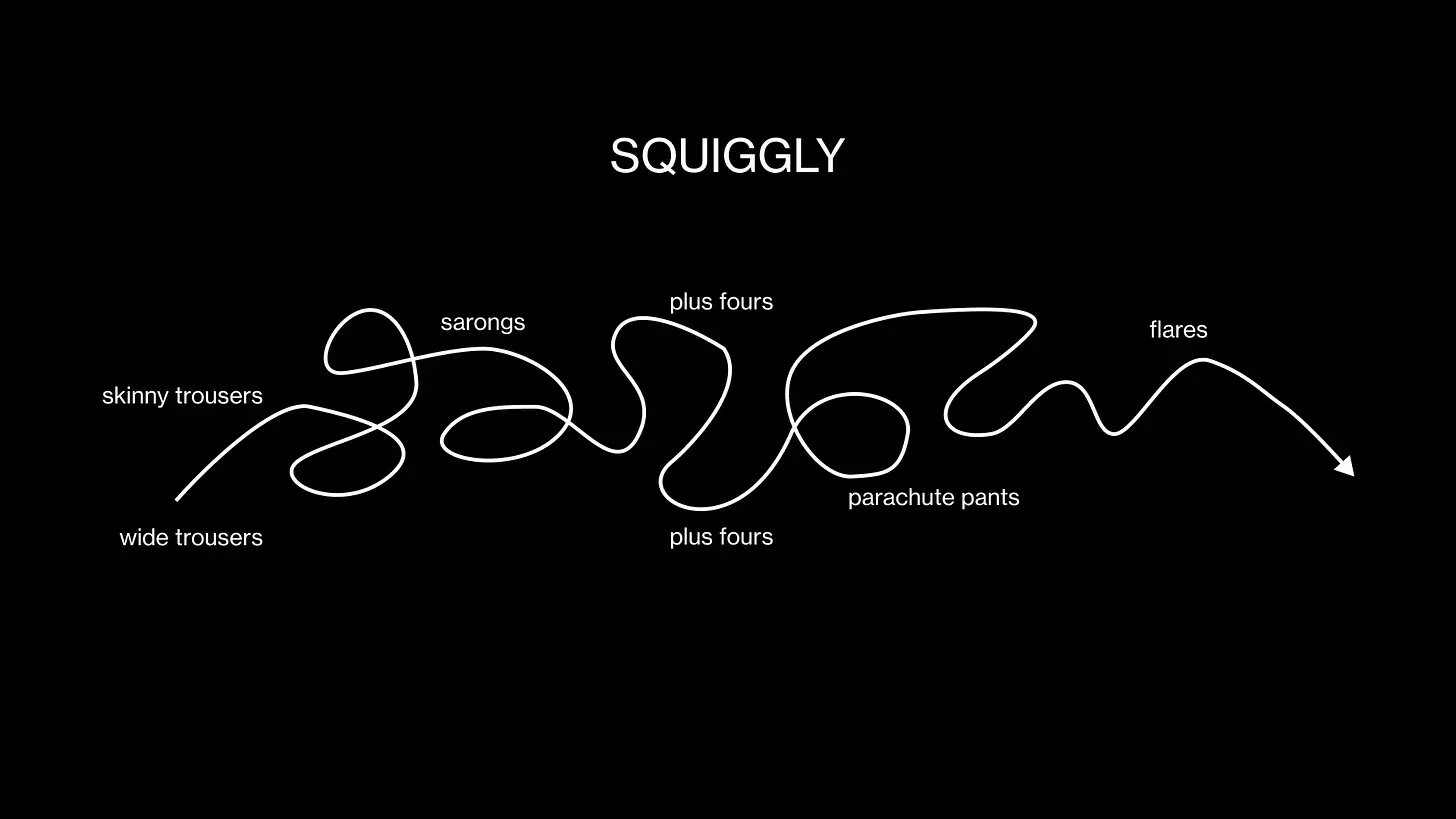
Remember Brand’s diagram? Remember that squiggly line for fashion? It’s all about the seemingly nonsensical path that fashion takes.
It’s important because it’s a different vision of how fashion moves onwards. The more traditional perspective on trends in the fashion industry is that they operate on a pendulum or are cyclical. Brand’s vision of fashion is instead about experimenting and trying things. There is no linearity or circularity. It’s far more random. Sometimes it will work, and sometimes it won’t. He puts it succinctly:
“The job of fashion and art is to be froth—quick, irrelevant, engaging, self-preoccupied, and cruel. Try this! No, no, try this! It is culture cut free to experiment as creatively and irresponsibly as the society can bear. From all that variety comes driving energy for commerce.”
We’ve highlighted the three words ‘society can bear’ because they’re important. Right now, we can all see the existential threat that is posed to fast fashion by conscious consumerism. No one needs more destined for the landfill fast fashion. And we can also see how luxury has just become glorified streetwear. Hoodies can be found at both ends of the spectrum.
With all that said, the idea that fashion needs to try things and experiment should not be lost. And at the moment, this feels overlooked. It’s really easy to spiral into that conspicuous consumerism argument and forget the very reason that we want new clothes in the first place. Clothes are magical. They’re expressions of us, they’re a place for joy and beauty and craft and magic.


